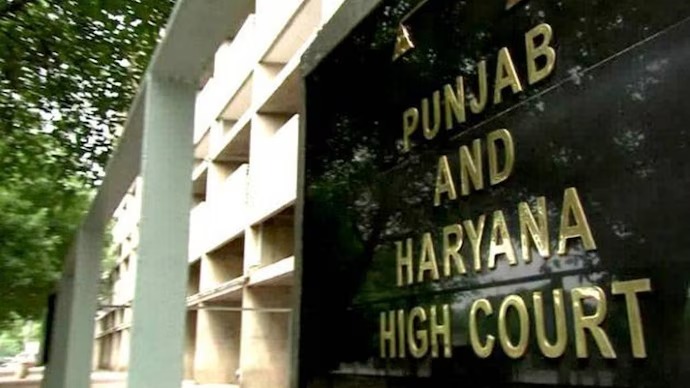Sir Barnes Peacock, Kt., C.J.@mdashIt appears to us that the decision of the Judge ought to be affirmed. The Judge finds that the Collector at first allowed Kumar Narayan and Gajendra Narayan, the zemindars, to settle the lands with the ryots. That was upon the expectation that those zemindars would settle with the Government. It turned out that the zemindars refused to accept the Government terms of settlement, and, consequently, the lands were settled with the defendants. By the terms of the kubooleut executed by the defendants, their settlement with Government was to be subject to the amulnamas entered into by the former zemindars, which were to be subsequently produced to the Collector, and which were, in fact, afterwards produced and registered by him. The terms of the amulnama with the plaintiffs were that they were to hold for one year, and to have a renewal from the zemindars for the period for which the Government should settle with them, either at that time or afterwards, upon a renewal of the settlement with Government. It appears to us that the Government was bound by the terms of the amulnama, they having authorized the former zemindars to settle with the ryots, and that the defendants who settled with the Government took that settlement subject to the settlement with the ryots which had been made by the former zemindars. The amulnama with the plaintiffs, not creating an interest beyond one year, was not liable to be registered under the Registration Act in consequence of the agreement for renewal. The effect of the settlement with the plaintiffs was to put them into the position of ryots for one year with a right of renewal; and we think that the plaintiffs had a right to sue in the Collector''s Court for a pottah according to the terms of the settlement with them.
2. An objection was made in the fifth ground of appeal as to the quantity of the land. The plaintiffs claim a pottah for certain lands describing them by boundaries, alleging them to contain 309 beegahs. Those boundaries include all the lands in the amulnama, except those for which a pottah has already been granted by the defendants to two other ryots, who obtained a right under the amulnama. The plaintiffs are entitled to a pottah for the lands specified in their plaint, and included in the boundaries mentioned therein whether the actual dimensions of those lauds are 309 beegahs or not. The plaintiffs treat them as containing 309 beegahs. The defendants do not contend that they contain more or less. The only object in fixing the quantity is with reference to the amount of rent which will be payable. The lands to be actually included in the pottah will be defined by the boundaries, and not by the dimensions. The rent will be at the rate of one rupee four annas a beegah, which, for the purpose of ascertaining the amount of rent payable, will, until actual measurement, be assumed to contain 309 beeghahs. The appellants to pay to the respondents the costs of this appeal.

